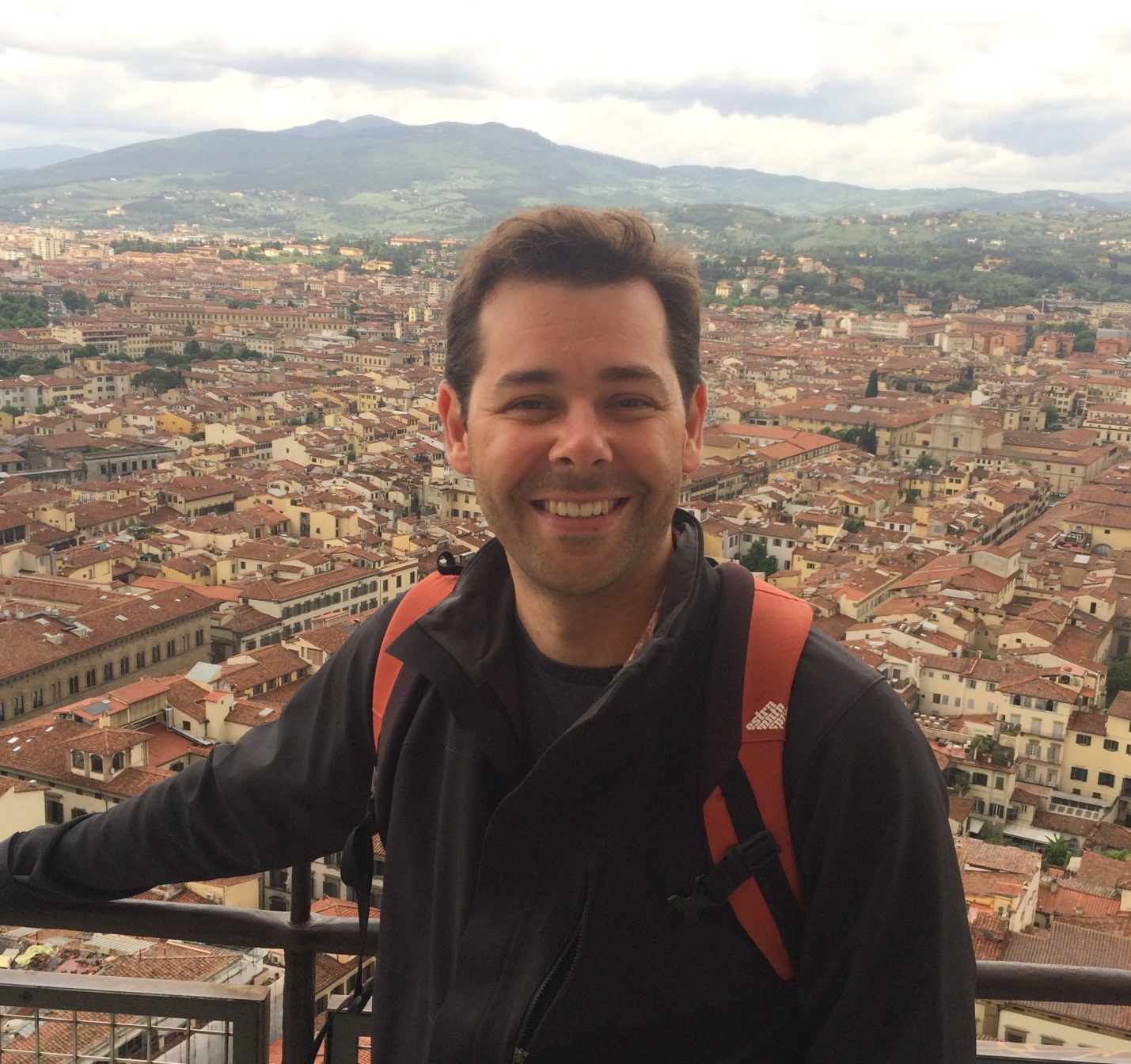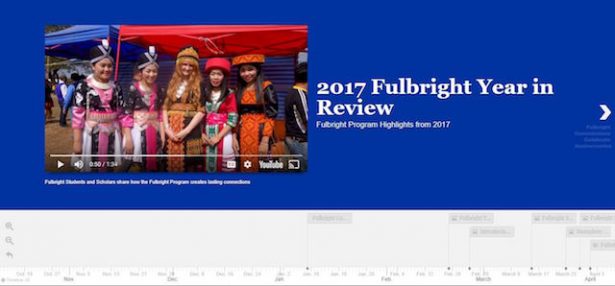
Daniel Hoak, 2015-2016, Italy, visiting Florence
Fulbrighters achieve remarkable things! Are you following the announcements for this year’s Nobel Prize winners? So far, two Fulbright alumni to France have become 2017 Nobel Laureates, Fulbright U.S. Student alumnus Michael Rosbash and Fulbright U.S. Scholar alumnus Kip S. Thorne, for Physiology or Medicine and Physics, respectively.
Today, we are re-posting an article written in 2016 by Fulbright U.S. Student alumnus to Italy, Daniel Hoak, as he was part of the team of scientists who worked on the the LIGO detector and the observation of gravitational waves – the very project that contributed to Kip S. Thorne becoming one of this year’s Nobel Prize winners for Physics!
The Fulbright Program congratulates Kip S. Thorne and Daniel Hoak for their outstanding and ongoing work in the field of Physics.
Two months ago, physicists around the world were set ‘chirping’ with the announcement that gravitational waves had been detected for the first time. The detection is the culmination of decades of work, and it represents the beginning of a new era in astronomy.
I’ve been a member of the team that made the detection since 2005, when I joined the staff of the Laser Interferometer Gravitational-wave Observatory (LIGO) in Livingston, Louisiana. Later, I went to grad school at the University of Massachusetts, Amherst, where I earned my Ph.D. last fall. My doctoral research focused on data analysis with gravitational wave detectors, and I assisted with upgrades to the LIGO facility in Hanford, Washington that made the detection possible.
For my Fulbright research, I’m helping to upgrade the Virgo detector, an experiment located outside of Pisa, Italy. Using a third detector to listen for gravitational waves will improve the science tremendously: we’ll be able to detect weaker signals, across more of the sky, and work out their position and properties with greater accuracy.
The effort to detect gravitational waves has spanned forty years and drove great migrations of physicists around the world. Science on this scale is by necessity an international endeavor, and on a typical day you can hear four languages being spoken in the Virgo control room. No single country can build a sufficient network of instruments to study gravitational waves; the effort must be global.
Gravitational waves detectors are more similar to the antenna on your car than the telescope in your backyard (or at your local university). They are sensitive to tiny changes in the shape of space, changes that propagate outward from cataclysmic events in the distant universe. Most of what our instruments measure is noise, but if widely-separated detectors observe the same event, we can be sure it’s an astrophysical signal.
Working on the detectors is a surreal experience. The daily problems we face are mundane and terrestrial: which bolt goes where, why an electronics board fails, how to steer a laser beam through a maze of optical components. We spend our days looking down, at the optics tables in front of us; not up, at the stars where the signals come from. And yet these earthbound instruments are sensitive to the darkest, most silent objects, billions of light years away.
Dan Hoak-2
The Virgo detector in Pisa, Italy
LIGO and Virgo are large, complicated experiments, with dozens of scientists working to build them and keep them running and hundreds more working to analyze the data. Experiments this large are as much an exercise in management and organization as they are cutting-edge research projects. The scale of the project demands meticulous attention to detail and careful planning, and it’s deeply satisfying to see the machines running well after years of development and construction.
But, it’s even more satisfying when we confront our carefully planned and controlled experiment with nature, and it delivers a surprise!
The event that we detected last September — the gravitational signature of two black holes orbiting each other and colliding — is remarkable. It is remarkable that it happened (many doubted that LIGO and Virgo would ever detect a signal from two black holes), and it is remarkable because it is so loud. Many new phenomena in physics are discovered by accumulating a small excess of signals that is only significant after careful statistical analysis. Our event is huge, and the trace that it left in our detector is unmistakable – you can even hear it in the data!
Four hundred years ago, not far from where I’m working now on my Fulbright grant, Galileo built one of the first telescopes and pointed it at the moon and stars. Since then, we’ve been watching the universe with eyes of remarkable precision and sensitivity, but all the while the sound has been turned off. Finally, in this century, we’re going to start listening.
For me, the path from gravitational waves to a Fulbright award in Italy was well defined: Virgo, outside of Pisa, is the only other place in the world where an experiment like this exists, and the full success of the field requires both LIGO and Virgo to work at the highest possible performance. When I applied to Fulbright, I worked hard to make the case that working in Tuscany was not just my own choice, but that it was part of a larger effort: scientific exploration, shared between countries. The advising staff at my home institution gave me a lot of example essays that helped me frame this idea.
To learn more about Daniel Hoak’s work on the Virgo and LIGO detectors, read his second article here.


No Comments